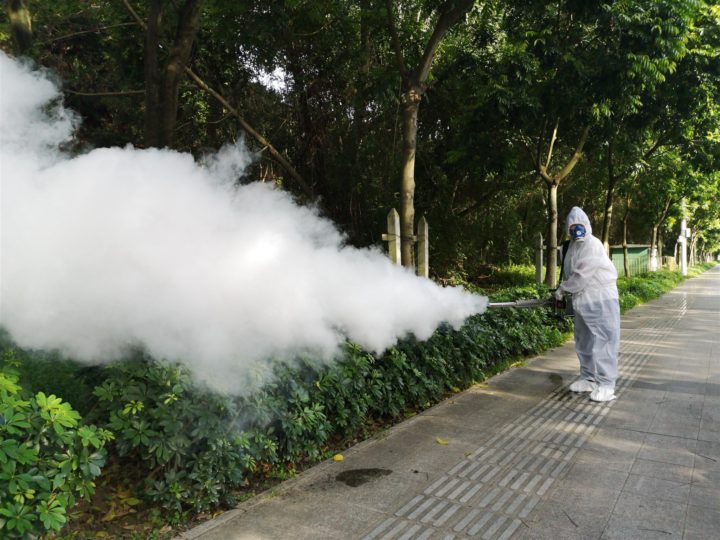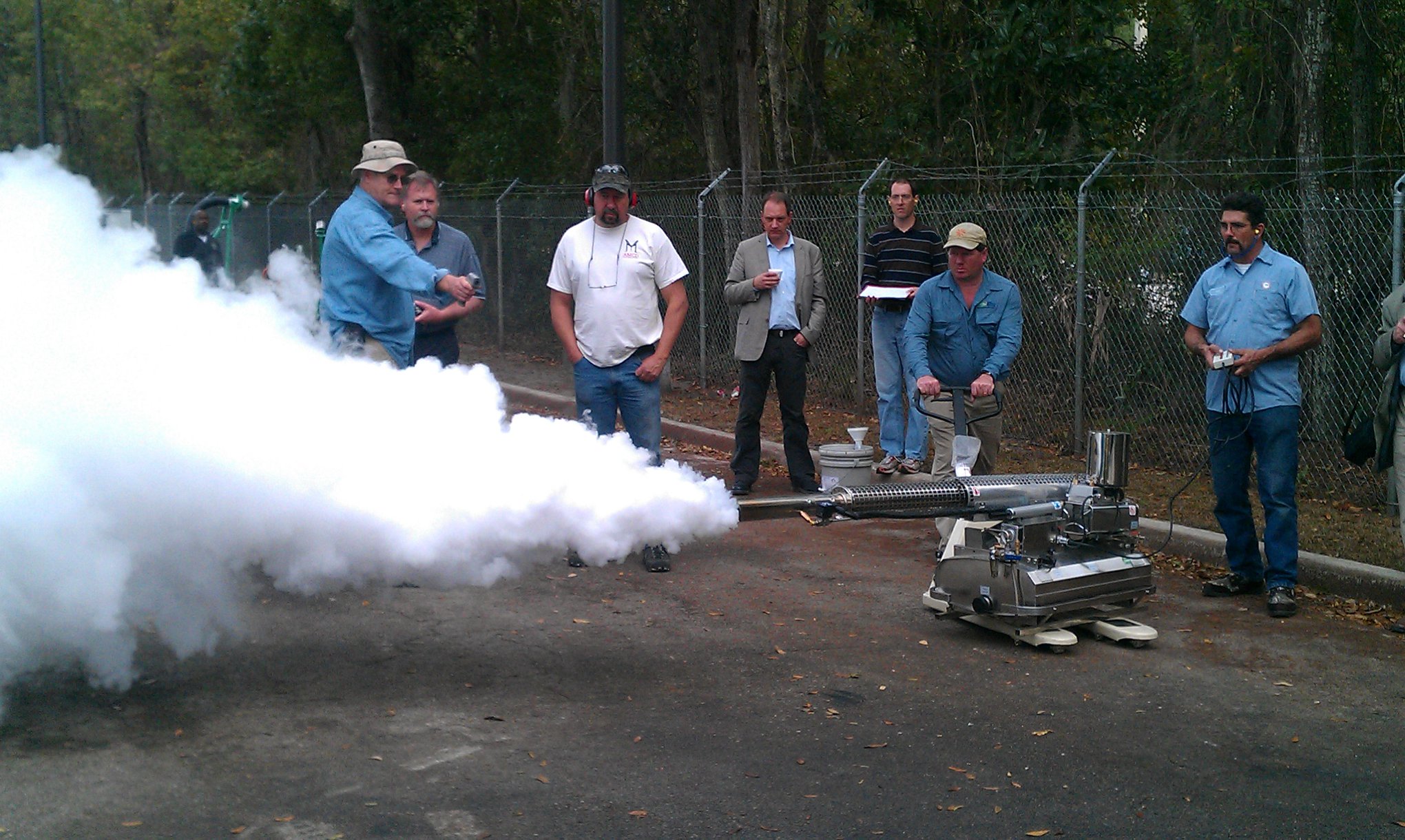Cold Fogging Vs Smoke Fogging 2025 Pest Control Technology Comparison
Pest control has entered a new era in 2025, with modern fogging technologies offering more precise, eco-friendly, and cost-effective solutions. Two methods remain at the forefront Cold Fogging (ULV)and Smoke Fogging (Thermal Smoke Treatment). While both can control pests effectively, they differ in operation, chemical compatibility, safety, and application environments.
This detailed comparison will help you understand the pros, cons, and ideal use cases for each, so you can make the best choice for your pest control needs.
1. What is Cold Fogging?
Cold fogging, also known as Ultra Low Volume (ULV) Fogging, works by converting liquid insecticides or disinfectants into ultra-fine droplets (5–50 microns) using air pressure without heat.
How It Works :
The fogging machine uses a powerful motor to atomize the solution into a mist.
This fine mist stays airborne long enough to target flying insects like mosquitoes and gnats.
It's widely used for mosquito control, sanitation, and disease prevention campaigns.
Benefits of Cold Fogging :
Safe for indoor use when using non-toxic, water-based solutions.
Even coverage due to precise droplet control.
Eco-friendly options available with biodegradable chemicals.
Versatile suitable for homes, hospitals, warehouses, farms, and gardens.
Limitations :
Needs electricity or battery power.
Less effective in windy outdoor conditions.
Some pests in deep hiding spots may be missed.
2. What is Smoke Fogging?
Smoke Fogging, sometimes called Thermal Smoke Treatment, works by heating oil-based insecticide until it vaporizes and condenses into dense smoke particles. These particles penetrate deep into cracks, crevices, and hidden pest nests.
How It Works :
The heating chamber in the machine vaporizes the chemical.
Upon release, it cools and forms thick smoke that drifts into hard-to-reach areas.
Particularly effective for warehouses, grain storage, and enclosed structures.
Benefits of Smoke Fogging :
Deep penetration into hidden pest habitats.
Long-Lasting Residue for ongoing protection.
Highly Effective against stubborn infestations like cockroaches, mites, and stored-product pests.
Limitations :
Requires evacuation during treatment.
May leave odor or light residue.
Fire safety precautions necessary.
3. Technology Comparison in 2025 :-
| Feature | Cold Fogging (ULV) | Smoke Fogging (Thermal) |
| Particle Size | 5–50 microns | <10 microns |
| Heat Use | No heat | Uses heat to Vaporize |
| Chemical Base | Water or oil-based | Primarily oil-based |
| Application Areas | Indoor & outdoor | Enclosed, indoor-focused |
| Safety Level | Higher, less toxic risk | Requires strict precautions |
| Residue | Minimal | Possible Light Staining |
In 2025, Cold Foggers have seen upgrades like Digital Particle Size Control, Cordless Lithium Battery Designs, and Smart Nozzles for more efficient coverage. Smoke Foggers now use improved ignition systems and reduced chemical consumption for safer, more eco-conscious operation.
4. Which Method Should You Choose?
Cold Fogging is best For :
Mosquito control in residential or public outdoor areas.
Disinfecting hospitals, schools, and offices.
Eco-conscious projects where minimal chemical use is preferred.
Smoke Fogging is best For :
Deep penetration in storage warehouses or factories.
Pest control in grain silos or food storage areas.
Heavy infestations that require residual chemical presence.
5. Cost & Efficiency Considerations
Cold Fogging generally has lower chemical costs because it uses smaller droplet volumes.
Smoke Fogging may require more chemical per treatment but can reduce the number of sessions needed for severe infestations.
Maintenance costs for both depend on the machine type modern ULV machines are often more lightweight and portable, while smoke foggers need heat-resistant parts replaced periodically.
6. Environmental & Safety Impact
In recent years, Environmental Regulations have encouraged pest control operators to reduce chemical footprints.
Cold Fogging aligns well with these regulations when paired with water-based solutions.
Smoke Fogging is still essential in certain industries, but the shift is toward low-odor, reduced-toxicity formulations.
Conclusion
Both Cold Fogging and Smoke Fogginghave their place in Modern Pest Control. The choice between the two depends on the type of pest, the environment, and safety requirements. As of 2025, advancements in both methods mean better efficiency, reduced chemical use, and improved safety giving property owners more effective tools to combat pests than ever before.

.jpg)


.jpg)

